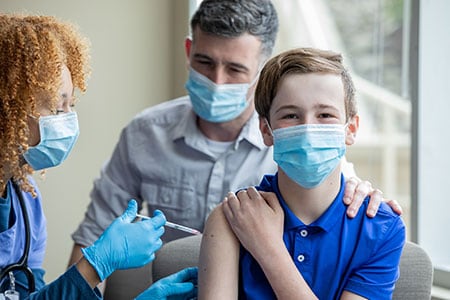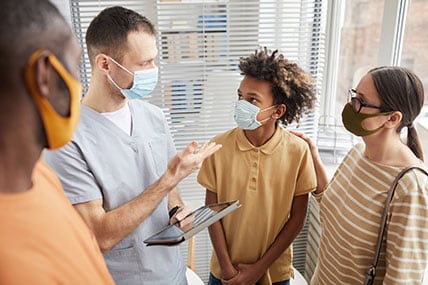Reasons to Get HPV Vaccine
All children ages 11–12-years should get HPV vaccine to protect against cancers caused by HPV infections.

Almost every unvaccinated person who is sexually active will get HPV at some time in their life. About 13 million Americans, including teens, become infected with HPV each year. Most HPV infections will go away on their own. But infections that don’t go away can cause certain types of cancer.
HPV can cause cancers of the:
- Cervix, vagina, and vulva in women
- Penis in men
- Anus in both women and men
- Back of the throat (called oropharyngeal cancer), including the base of the tongue and tonsils, in both men and women
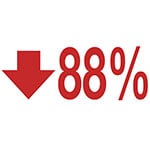
HPV infections, genital warts, and cervical precancers (abnormal cells on the cervix that can lead to cancer) have dropped since the vaccine has been in use in the United States.
- Infections with HPV types that cause most HPV cancers and genital warts have dropped 88% among teen girls and 81% among young adult women.
- Among vaccinated women, the percentage of cervical precancers caused by the HPV types most often linked to cervical cancer have dropped by 40 percent.

HPV is estimated to cause nearly 36,500 cases of cancer in men and women every year in the United States. HPV vaccination can prevent 33,700 of these cancers by preventing the infections that cause them. That’s the same as the average attendance for a baseball game.

HPV can cause several kinds of cancer. Only cervical cancer can be detected early with a screening test. The other cancers caused by HPV may not be detected until they are more serious. HPV vaccination prevents infections that cause these cancers.
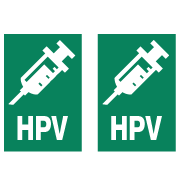
Most children only need two doses of HPV vaccine when vaccinated before age 15 years. You can take advantage of any visit to your child’s doctor to get recommended vaccines for your child:
- Annual checkups
- Sports physicals
- Annual flu shot or other vaccine visits
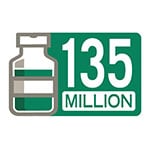
With more than 135 million doses distributed in the United States, HPV vaccine has a reassuring safety record that’s backed by over 15 years of monitoring and research.
